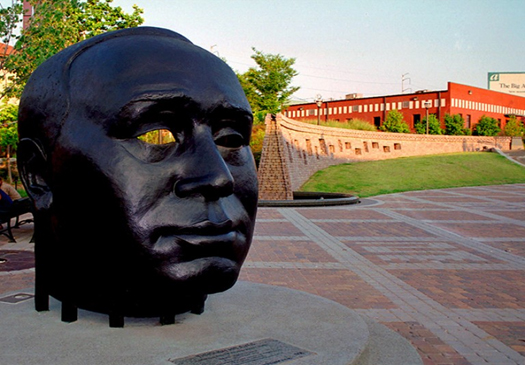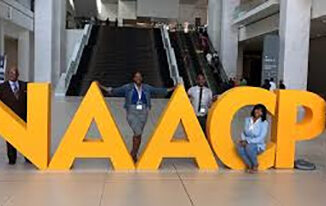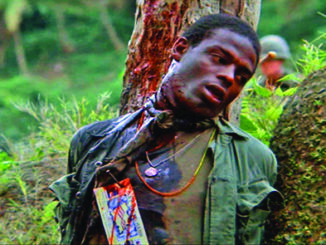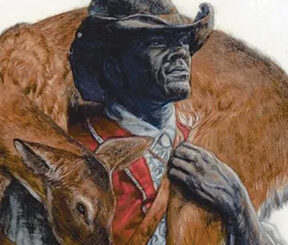
Lost Black History
By Don Valentine
This statue is called “Through His Eyes.” It is a monument to the godfather of Sweet Auburn avenue, John Wesley Dobbs. The artist cleverly opted to leave the eyes open in the statue. A sly acknowledgement of Dobb’s vision for “Sweet Auburn.” Auburn became the incubator for the civil rights era, and the commercial, cultural, spiritual center of Black Atlanta.
Approximately two miles in length, it was the vestibule to what historian Gary Pomerantz describes as Atlanta’s “three-legged stool of Black finance. ‘’Atlanta’s first Black-owned office building was constructed in 1904 by businessman Henry A. Rucker. In 1905, former slave Alonzo Herndon founded Atlanta Life Insurance. Herman Perry’s Standard Life Insurance soon followed, as well as Citizens Trust Bank, which extended credit to Black homeowners and entrepreneurs when the White lending institutions refused.
The bustling retail trade and wealthy business owners garnered the area a national reputation for Black finance and entrepreneurial impact. It boasted the first Black daily newspaper (Atlanta Daily World), and the First Black owned radio station (WERD). In 1956, Fortune magazine described
Auburn Avenue as “the richest Negro street in the world.” The prominence of Atlanta made Tulsa’s “Black Wall Street” look like the junior varsity team.
The phrase “Sweet Auburn” was created by John Wesley Dobbs, grandfather of Atlanta’s first Black mayor, Maynard Jackson. Dobbs was considered the “Godfather of Black business” in Atlanta. He formed the Atlanta Negro Voters league and helped increase the number of Black voters from less than 2,000 in 1940 to more than 22,000 in the early 1950’s. Equally important, he was an advisor to Martin Luther King, Jr., who was born and preached on the avenue with his father, Martin Luther King, Sr.
During Dobbs’ time as the “Unofficial Mayor of Sweet Auburn,” doctors, dentists, craftsmen, drug stores, flower shops, groceries, barbershops, beauty shops, dry cleaners, banks, insurance companies, restaurants, photography studios, churches, fraternal orders, hotels, and nightclubs all flourished on Auburn Ave. Famous acts such as Gladys Knight, BB King, The Four Tops, Little Richard, Cab Calloway, Aretha Franklin and Ray Charles performed at the Peacock Lounge. Nightlife sparkled with such a glow that Black folks dressed up just to walk down Sweet Auburn.
In the 1950s and the 1960s, the Southern Christian Leadership Conference (SCLC), the Ebenezer Baptist, Wheat Street Baptist, Big Bethel AME and Butler CME churches kept Auburn Avenue as a nexus of social activity and the Civil Rights Movement. Dr King was co-pastor at Ebenezer Baptist Church. Mr. Dobbs said that “Auburn Avenue was not located on the wrong side of the tracks.” The Avenue was located off of Peachtree Street, the White commercial district of Atlanta. This location was how it earned another moniker as the “Black Peachtree Street.” This story of Black empowerment and fortitude is not shared in our schools. Thanks to our Black press you can share it with our youth!





Be the first to comment